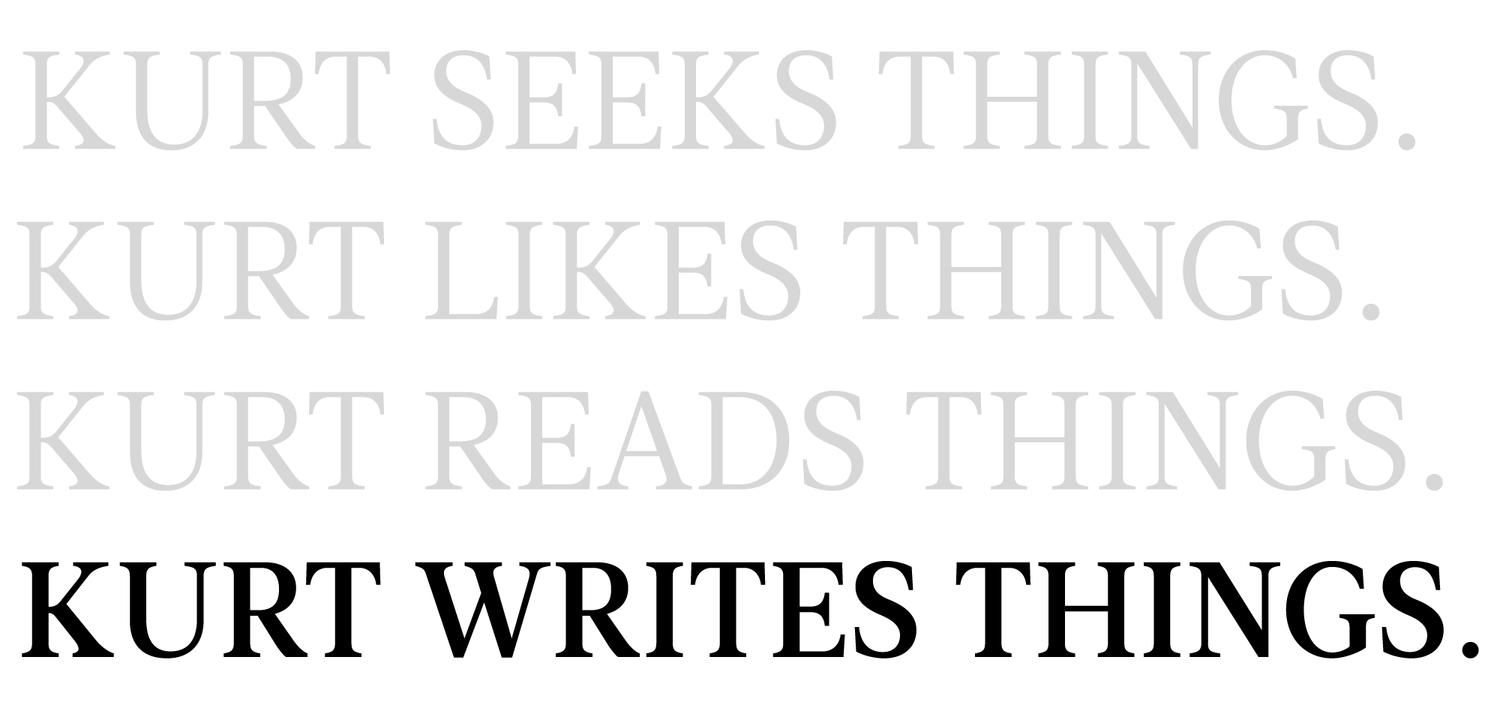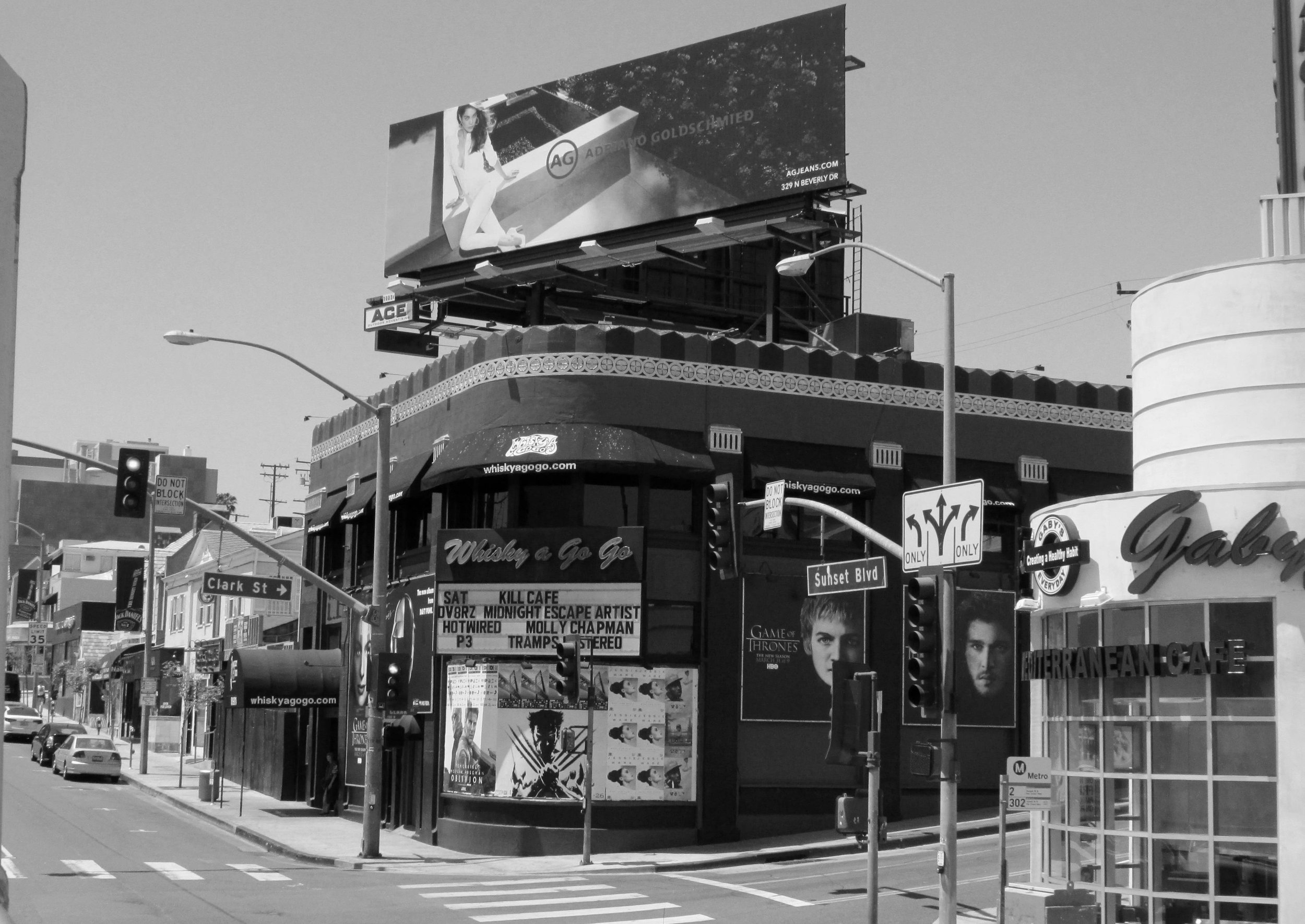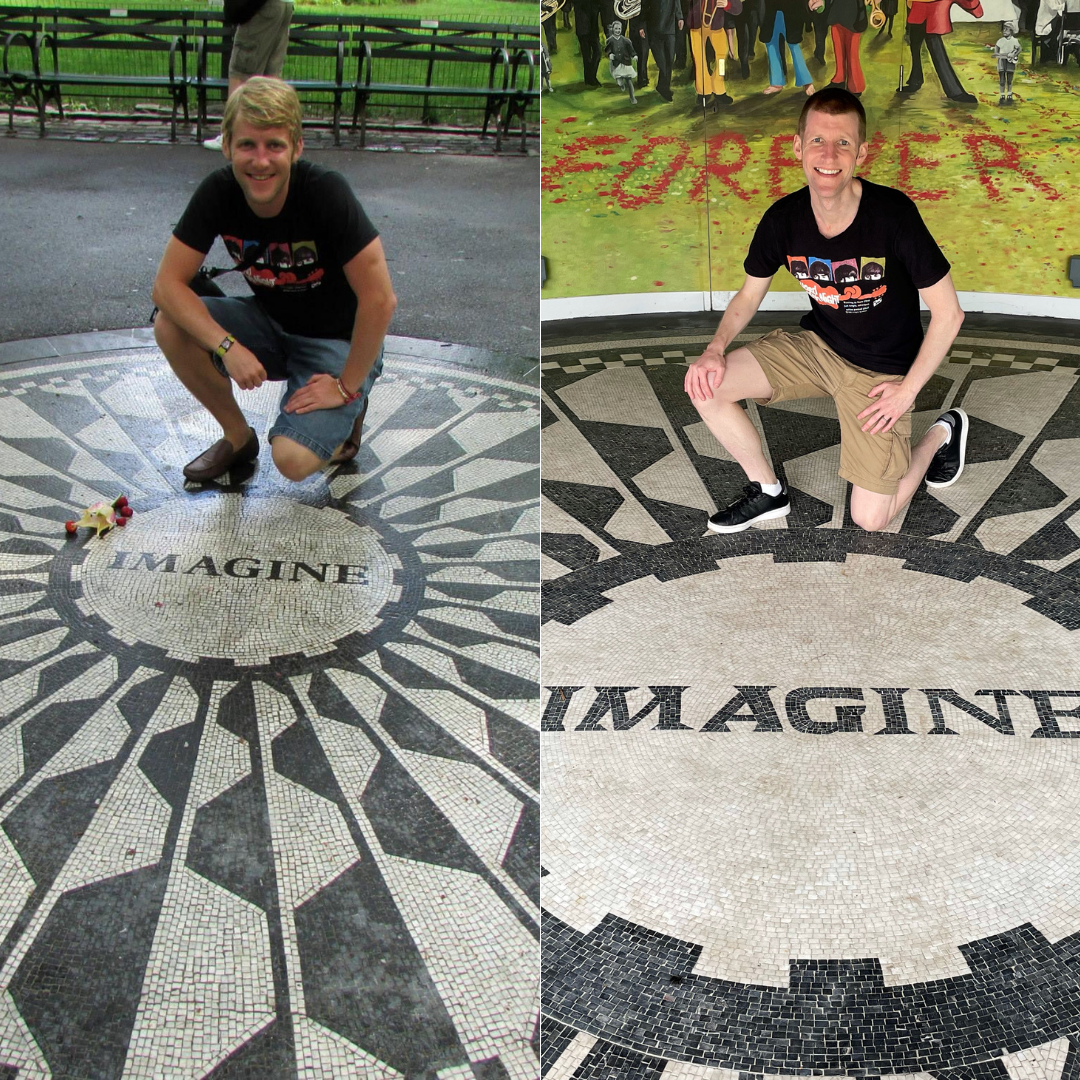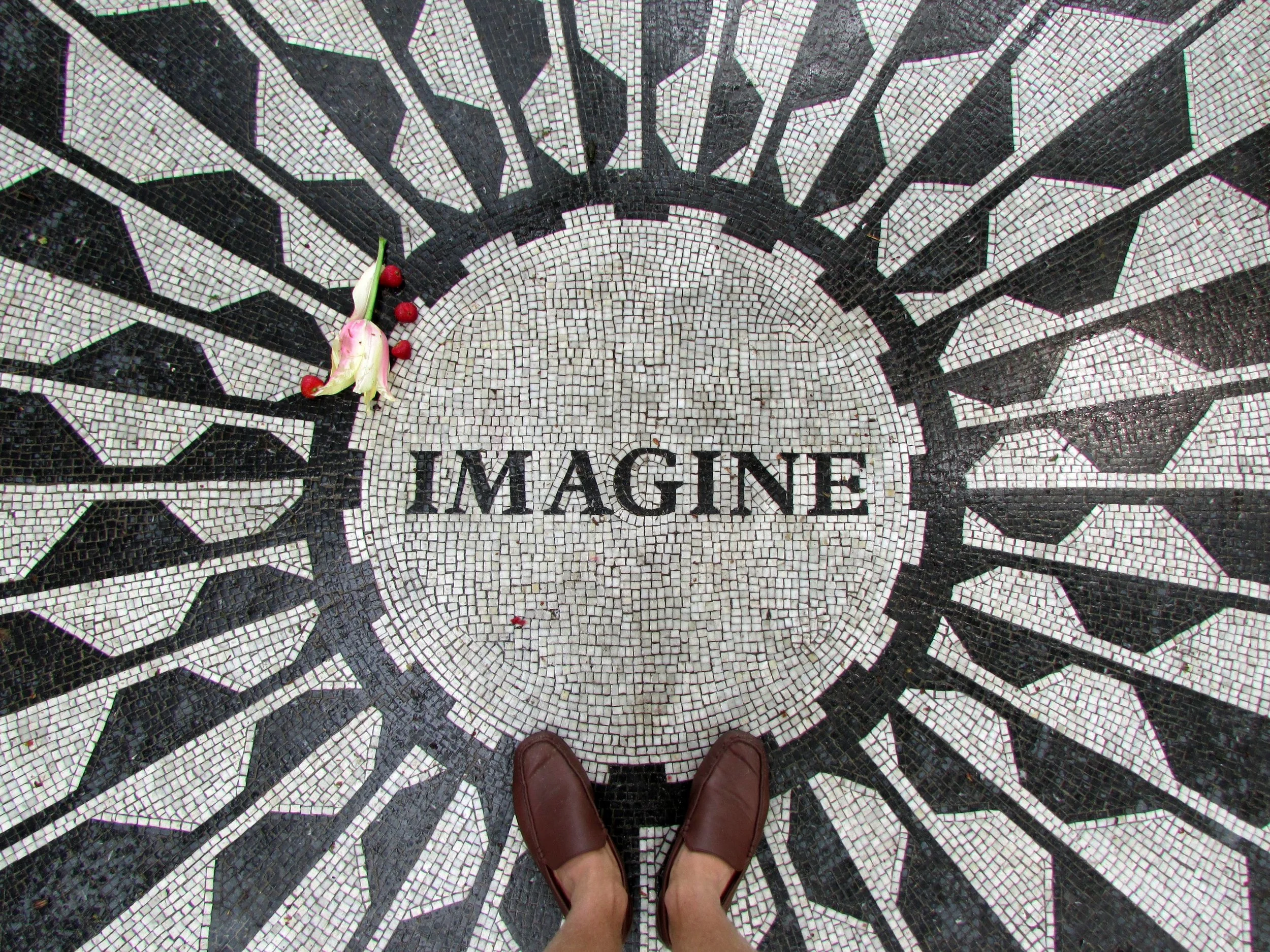"Dreaming The Beatles in Real Life" - A Magical Mystery Tour of Liverpool
/Dates of travel: 11th July 2023 to 15th July 2023
Location of travel: Liverpool, England
"When John Lennon sang “The dream is over” in 1970, he wanted to free his listeners and himself from the dream. But it didn’t work, because the group didn’t belong to these four men anymore. The dream wasn’t theirs to break.”
It’s been over 50 years since The Beatles disbanded and tried to move on, but their enduring influence on music and relevance in popular culture almost makes it seem like the world is yet to wake up to this fact—or refuses to.
These are the words and central thesis from Rolling Stone writer and fellow Beatlemaniac Rob Sheffield in his 2017 book ‘Dreaming The Beatles: The Love Story of One Band and the Whole World’.
Received as a Christmas gift a year before I moved to the UK, this terrific tome of Beatles lore explores the emotional connection fans have formed with the band and their music over the decades since John, Paul, George, and Ringo called it quits. Rob’s effusive essays primed me to prowl the country where the legendary Liverpool lads originated from and made musical milestones together.
Unlike Rob, I was somewhat late to the party when it came to Fab Four fandom, engaging with the group’s output from only my college years onwards.
Nevertheless, the transition to Beatlemaniac was swift and I became the kind of fan who didn’t just enjoy the tunes, but wanted to interrogate the surrounding stories and approach the artists and albums with an academic appetite.
You Really Got A Hold On Me
Both of us aren’t alone in this endeavour of exploration.
The pioneering popularity of The Beatles has allowed their aura to smoothly percolate down through the generations, gifting fans of all intensities with widely accessible archival knowledge and incentives to be invested.
It’s the band’s regenerative cultural impact, whether through the ‘Anthology’ documentary series in the Nineties or their music broaching a billion streams on platforms like Spotify in the 21st century (with almost half of these coming from users under 30 years old), that makes it far easier to appreciate their artistry and analyse their output than most of their peers in rock music. Across the universe, a lot of people care to listen and learn.
So whether you go naaaah nah nah nah-nah-nah-nah for ‘Hey Jude’ or know all the deep cuts from George’s solo albums, chances are most Beatles enthusiasts have harboured the hope of one day visiting Liverpool: the source of a worldwide musical revolution that shook up the Sixties.
I certainly did, and having previously taken Sheffield’s book along to Abbey Road Studios in London where I live, I was prompted to pack it again when I got my ticket to ride up north—this time going here, there and everywhere across the city that birthed The Beatles.
You might think I should have known better than to set off on such a quest with a hardcover book blocking space in my backpack, especially since I wouldn’t be a day tripper and a week is a long, long, long time to carry that weight.
But I found that turning this pilgrimage of pop into a scavenger hunt game and capturing photos of the book at each iconic location helped me in some way to personalise the tidal waves of trivia I was processing each day. Imagine taking a book about fandom to the very streets where it all originated. I felt that it was a key part of making the dream come true.










Immersed in the heart of Liverpool at the Hard Day's Night Hotel also ensured me golden slumbers each night in a themed room with Fab Four artwork. And with the hotel just around the corner from live-music capital Mathew Street, you’re mere metres from the magic and the melodies.
Not sure where to start scavenging? With a little help from our friends at The Cavern Club, the very venue where the band frequently performed back in the day, you can make your way through town on an actual Magical Mystery Tour bus to all the historical hotspots.
The groovy two-hour trip takes off from Albert Dock and lets you see many of these sights in one go, but some are worth lingering at a little longer, whether you take the tour or think for yourself transport-wise.
Bear in mind that these homes and heritage havens are situated in streets and neighbourhoods where real people live and work. Not everyone may find being swept up into Beatlemania appealing, nor enjoy the constant influx of tourists traipsing through the area over the years. Respect those around you as you revere reality.
Strawberry Field
Let me take you down to Strawberry Field, the site of the former Salvation Army children’s home where John Lennon used to roam as a kid, as well as the inspiration for his Beatles song ‘Strawberry Fields Forever.’
Behind those renowned red gates, first opened to the public in 2019, is now the home of an interactive visitor exhibition, cafe, gift shop, and tranquil gardens to explore and relax in.
The ticketed tour is a self-guided multimedia experience that weaves the charitable history of the Salvation Army with John’s formative years and the eventual 1967 psychedelic masterpiece inspired by those times.
Your voyage down memory lane even offers the chance to learn to play that flute intro on a mellotron (albeit a digital one) and see the original handwritten lyrics. For lovers of Lennon’s solo work, there’s also the piano on which he wrote his hit ‘Imagine’ (and surprisingly, I learned that it’s not the white grand piano you see in the song’s official music video).
Picking up a coffee in the cafe, where young adults with learning difficulties and other barriers to employment are given the opportunity to take the ‘Steps To Work’, I wandered into the gorgeous green gardens.
The Field is now a landscaped lawn, with plenty of plants and portions of Lennon lyrics dotted around the perimeter on benches and other places to ponder at. A giant-drumhead bandstand, looming like a spaceship on one side of the lawn, added a surreal touch to the serene scene.
The view that John saw as a troubled tyke has certainly changed its chords over half a century, but the spirit of safety and socialisation remains in its reincarnation as a hub for young people still seeking support. Together with the band members’ childhood homes also found along this tour route, Strawberry Field showed how crucial early environments and experiences can be in securing your future and shaping your identity and passions as you find your feet in life.
I pondered the other side of the Atlantic, and the other side of ten years; where I once crouched over a memorial mosaic of the same name in New York’s Central Park (and with the same shirt on, perhaps a bit worse for wear in 2023).
It's still hard to be someone, but it all works out. Places like this matter much to me too.
Strawberry Fields for a decade, and an ocean apart.
The Casbah Coffee Club
Turn the clocks to 29 August 1959, and your gaze towards this corner of a cramped cellar which brewed an important moment in Beatles history.
On that summer night, cocooned beneath a home in the outer suburbs of Liverpool, a determined yet drum-less quartet of local lads (including a young Paul McCartney, John Lennon, and George Harrison) dared to pick up and play in an early formation of what would become The Beatles.
The Quarrymen, as they were known back then, tested themselves here at the Casbah Coffee Club in house party boot-camp before Hamburg, the Cavern Club, and the world awaited them as fully-grown Beatles. And the rest, or Best, is history.
Mona Best, the fearlessly entrepreneurial mother of early drummer Pete Best, ran a tight ship at her members-only club and expected the embryonic Beatles to roll up their sleeves and decorate the place themselves before their debut performance (you can still see the spiders, stars, and where John cheekily carved his name in the ceiling).
Only in operation for a brief window from 1959 to 1962, the Casbah played host to dozens, if not hundreds of local music fans at each shindig on the suburban property. Opening night apparently clocked in at about 300, with queues of teenagers lining the street to one of the only music venues in Liverpool at the time which didn’t have a jazz-only policy.
I learned all this while being shown around by Roag Jr. (her grandson and Pete Best’s nephew) on a captivatingly candid tour of the groundbreaking venue, which was made a Grade II listed building for its heritage status by Historic England in 2006. And it’s still in good knick today, with Pete’s private drum kits now set up in what later became the main performance area.
If you’re interested in seeing where all the chaos first brewed, The Casbah Coffee Club isn’t a stop on the official bus tour and you’ll need to contact them directly to arrange a visit. But don’t pass it by, as this turned out to be the hidden gem of my trip.
Roag Jr. offered an authentic and humble glimpse into the lives of the boys before they were Beatles, regaling us with tales of the band's early days, his own family’s history, and how the two intertwined in surprising ways.
Standing in the exact same corner of that basement where a teenage McCartney made his debut, I thought about the thousands of stages he must have stood on since then and how it had to all start somewhere.
He was just seventeen. You know what I mean.
The Cavern Club
Friday night at Liverpool’s Cavern Club, watching The Beatles perform live—is it 1963 or 2023?
Witnessing The Cavern Club Beatles deliver a note-perfect tribute show in the same venue where the Fab Four did it a whopping 292 times back in the day is an eerie but exciting experience and a fulfilling finale for any music fan, let alone a Beatles one, passing through town.
The Fake Four took us on a four-act journey with costume changes through all the original band’s eras, from the clean-cut Cavern Club days to the screams of Shea Stadium, psychedelia in the studio, and the revolutionary ride to that final rooftop performance at Abbey Road.
Whether singing or speaking between-song banter, each performer effectively was their respective Beatle. Tony Coburn’s McCartney honestly sounded as if Macca himself had just pulled up to the club 60 years younger and seized the mic. I perhaps had reason to be on alert, given that the actual McCartney made a surprise appearance at Wembley Stadium in London for the Taylor Hawkins tribute concert I attended in September 2022.
The Cavern Club Beatles performing 'I Saw Her Standing There'
The Cavern Club Beatles performing 'A Hard Day's Night'
The dedication to the recreation at The Cavern Club’s Live Lounge was sensational, capturing the essence of The Beatles so convincingly that if you closed your eyes, you could almost believe it was the real thing.
But it wasn’t, and in a song space turned 90 degrees from its original layout after being demolished in the early Seventies, the twists of time have ensured that technically things couldn’t get back to where they once belonged, regardless of who was on stage.
Wandering the brick-vaulted basement out to the general punters at The Front Stage, I had the familiar tunnel vision we all have of the Cavern; now rebuilt using 15,000 bricks saved from the demolition, with signed instruments and eye-popping memorabilia sealed in glass display cases lining its walls.
With a head full of far-fetched memories (did they really play ‘Ob-La-Di, Ob-La-Da’ as an encore?), I lapped this landscape of legend one last time, holding tight to its history and the week that was.
Back at the hotel, I went to sleep to the sound of music, wondering about all those whispered and wailed words of wisdom. I let it be.






























Writer Kurt Duvel was recently tagged in a Facebook ‘challenge’ called "10 album covers. 10 days. No story." Here’s the story that he was instructed to leave out.